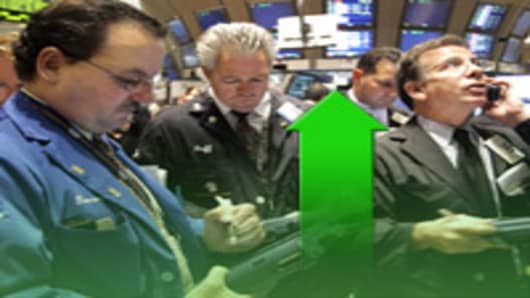Strong investor demand for junk bonds has pushed the average price on such corporate debt to its highest level since June 2007, when companies could borrow with ease at the height of the credit boom.
The Bank of America Merrill Lynch index used by many investors to track the junk bond market – bonds sold by companies with credit ratings below investment grade – rose last week above 100 for the first time since the start of the credit crunch.
In the wake of the crisis, the price of many of these bonds collapsed as default rates soared.
However, the recent price rise above 100 assumes that, on average, bonds will be repaid in full.
“Money is coming into the sector, partly because many investors do not see great prospects for stocks,” said Martin Fridson, global credit strategist at BNP Paribas Asset Management. “Investors do not expect an economy that will be booming but are expecting slow growth.”
Evidence of the strong demand was also reflected in the sale of new junk bonds, which has accelerated in recent weeks and pushed the total amount borrowed so far in 2010 beyond the previous full year record issuance.
Dealogic, the data provider, said junk bonds sold to US investors so far in 2010 reached $168bn (€129bn) last week. This is more than was marketed in the whole of 2009, when the $164bn total set a record.
Many market participants say the next three months are expected to see no let-up in activity despite a steady decline in the yields paid on the bonds, pushing prices higher.
Investors still flock to the sector because the difference between these bonds and low-yielding government bonds remains at historically high levels.
Mr Fridson said the average spread was 625 basis points over US Treasuries, still far above the level of June 2007, when spreads reached lows of close to 250bp.


